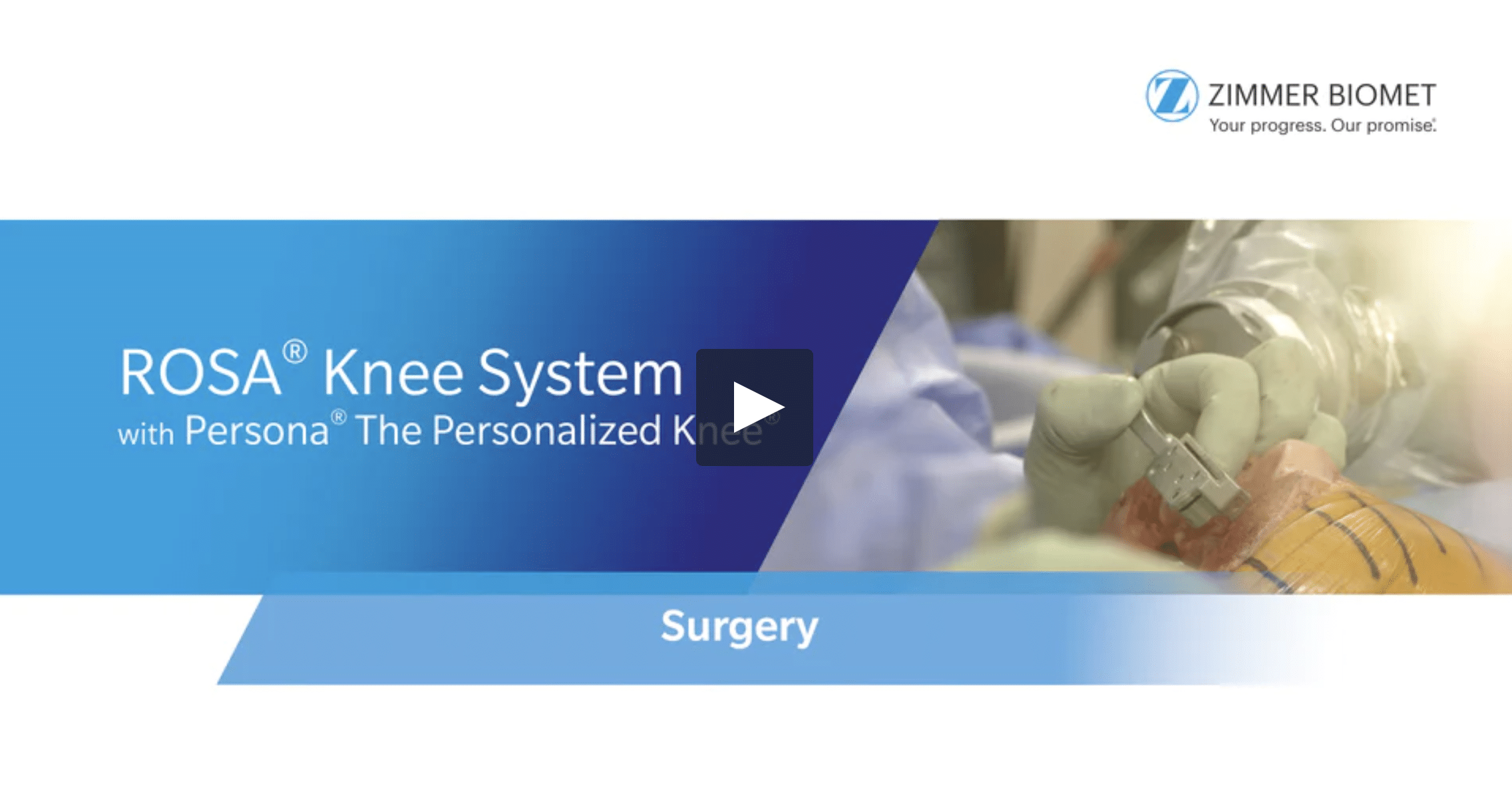At two year follow-up patients treated with an anatomic knee system reported higher KOOS symptom (p = 0.037) and KOOS QOL scores (p < 0.001) than patients with the NexGen® Knee System. All other PROMs outcomes were similar1.
The authors stated that “the KOOS symptom and QOL sub-scores are the most appropriate gauge of how well an artificial knee replicates the feel of a native knee”; and that “the increased sizing options (in the anatomic group) yield accurate intraoperative component placement, which in turn yields more favourable PROM scores1.”
Based on these data, the authors suggested there may be “the potential to improve subjective PROMs and decrease the number of unsatisfied TKA patients by making TKA devices more anatomic and increasing the intraoperative sizing options1.”
This was a single-centre study of a consecutive series of 129 anatomic knees, implanted between December 2012 and December 2013. 1 Pre-operative, 1 year, and 2 year radiographs and PROMs were evaluated. “The study data were gathered from an institutional level IV register1.” The 2 years PROMs were compared to a 1:1 propensity score-matched cohort of patients that had received a NexGen Knee1.
The authors concluded that the personalized knee system “demonstrated excellent clinical outcomes, similar or better than the NexGen Knee System, at early follow-up1.”


